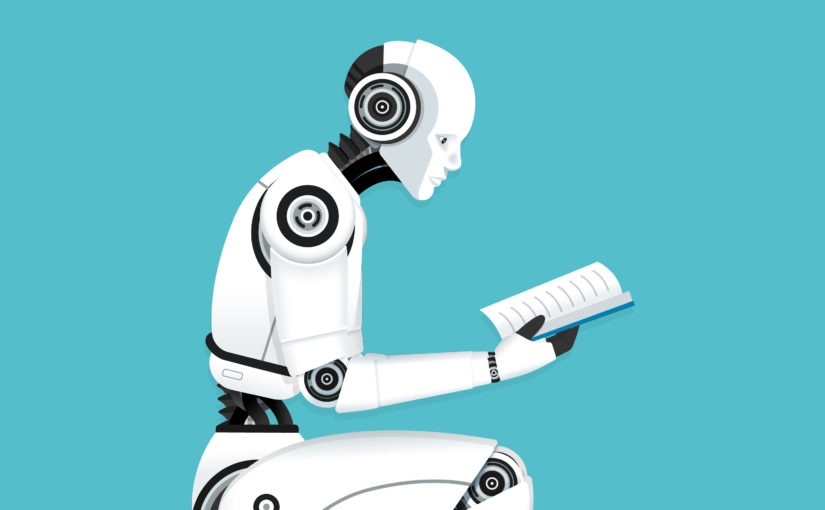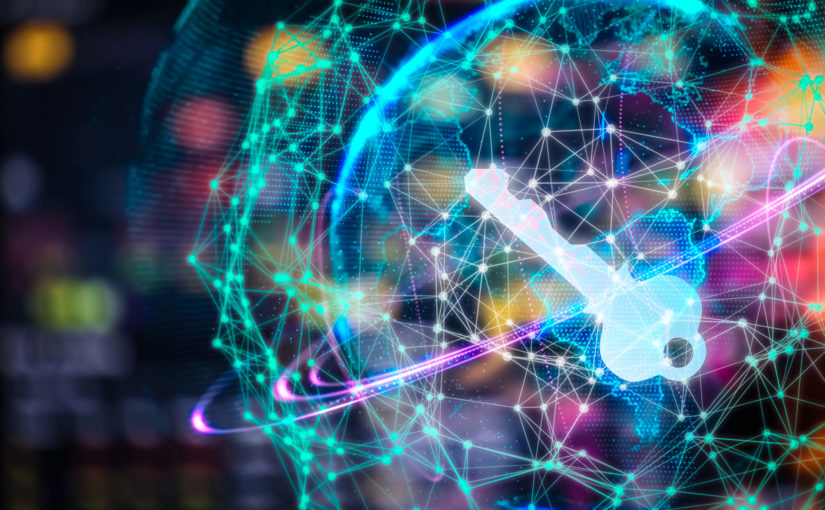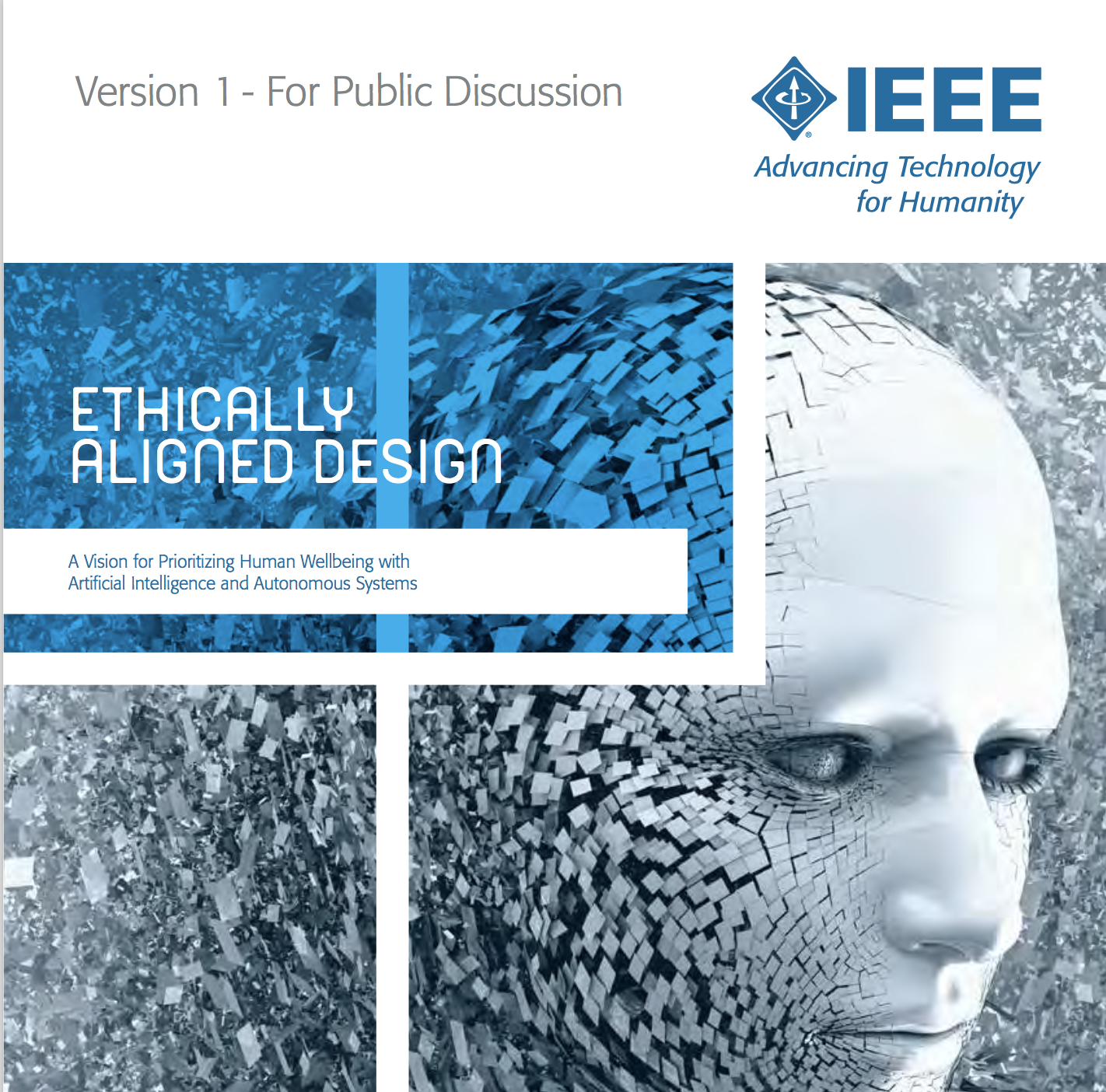A lot of back and forth discussions are going on these days about Net Neutrality, a concept that some people (mostly internet geeks and internet companies) are holding as absolutely sacred, while others (mostly large ISPs and free market libertarians) claim holds back the industry from progressing.
Both camps have a grain of truth. Here are the facts as I understand them:
If Net Neutrality is Reversed
1. Waiting for the Shakedown – If net neutrality is reversed – ISPs will likely start releasing these faster speeds, but charge online services like Facebook, Netflix, YouTube, etc to be in the fast lane. They will attempt to shake down providers like Netflix, barring them from the higher speeds unless they pay a significant amount. This will result in higher subscription charges for all services, which will be forked over to the ISPs. It is basically a way for the ISPs to get a cut of the value created by actual internet innovators.
2. Advantage: Goliath – This would also create a real advantage for the big players, making it much harder for new and innovative startups and media companies to compete, since they won’t be able to afford the fast lane, as the gap between the slow lane and the fast lane would grow larger and larger.
3. Dangerous Opening for Censorship / Manipulation of Public Opinion – This is also a huge opening for the government, who has many ways (both legitimate and shady) to influence and manipulate these ISPs, to start influencing what content is promoted or demoted. It would create an enormous concentration of wealth in power in relatively few hands, and an easy lever to pull to squash unwanted voices and actors.
If Net Neutrality is Upheld
But what would happen if it net neutrality is NOT reversed – and it becomes clear that net neutrality is a core principle for American voters? I believe that in this case also, ISPs will also ultimately start releasing these faster speeds to subscribers, but this time charge customers based on bandwidth and compete with other providers as “dumb pipes”. Competing on bandwidth, reliability, security, and coverage – and nothing else. This means that services will continue to compete on an even ground, but subscribers will continue to determine how fast of a connection they need – and paying for it.
To me, it’s absolutely clear that this is the right way for the Internet to evolve. However, I am not a Net Neutrality radical.
A Middle Ground Solution for Net Neutrality
I think ISPs should be permitted to create non-neutral networks, with a few caveats:
(A). No False Advertising
Non-neutral network should NOT be referred to as The Internet or World Wide Web – but have a separate product name. Perhaps “Managed Network”. Users of a Managed Network cannot be said to be “online”, they must be said to be connected to the Managed Network.
(B). Opening to Competition
Any ISP who wishes to offer a Managed Network service, must officially and legally wave all monopoly rights, pole rights, exclusivity deals and laws. Managed Network services should only be allowed in areas where there are at least 3 competing ISPs of equivalent coverage and bandwidth, and where at least two of them offer an actual Internet service (i.e. neutral connection), and where entry is not blocked to new competitors either legally or by exclusivity deals.
(C). No Double-Dipping
Managed Networks who charge content providers cannot also charge the end-consumer. In other words Managed Networks have to be FREE to end-consumers. This is to avoid the false pretense that the subscriber is in fact the customer, as opposed to the product, and avoiding conflict of interests.
(D). Total Transparency
Managed Network Providers must publish a full list detailing how much they are charging each content provider per subscriber. Content providers shall always be allowed to be transparent as they are passing on Managed Network costs to their subscribers, and be able to charge Managed Network subscribers more. (In other words: Managed Network Providers shall be forbidden to use any kind of threat or extortion to block content providers from disclosing how much the Network is shaking them down, and must provide content providers with an easy way to check whether a subscriber is a Managed Network subscriber, for the purpose of charging them more fot their service.)
(E). Slow Lane Minimum Bandwidth
In no Managed Network plan can the Slow Lane offer less than 25% of the total bandwidth available to the subscriber. Managed Network providers shall not block or slow down any content below this threshhold.
I believe the above principles will make it possible for a positive outcome to emerge, allowing both neutral Internet connections and Managed Networks to thrive side by side, and enabling consumers with low means to receive managed network services.
What do you think?
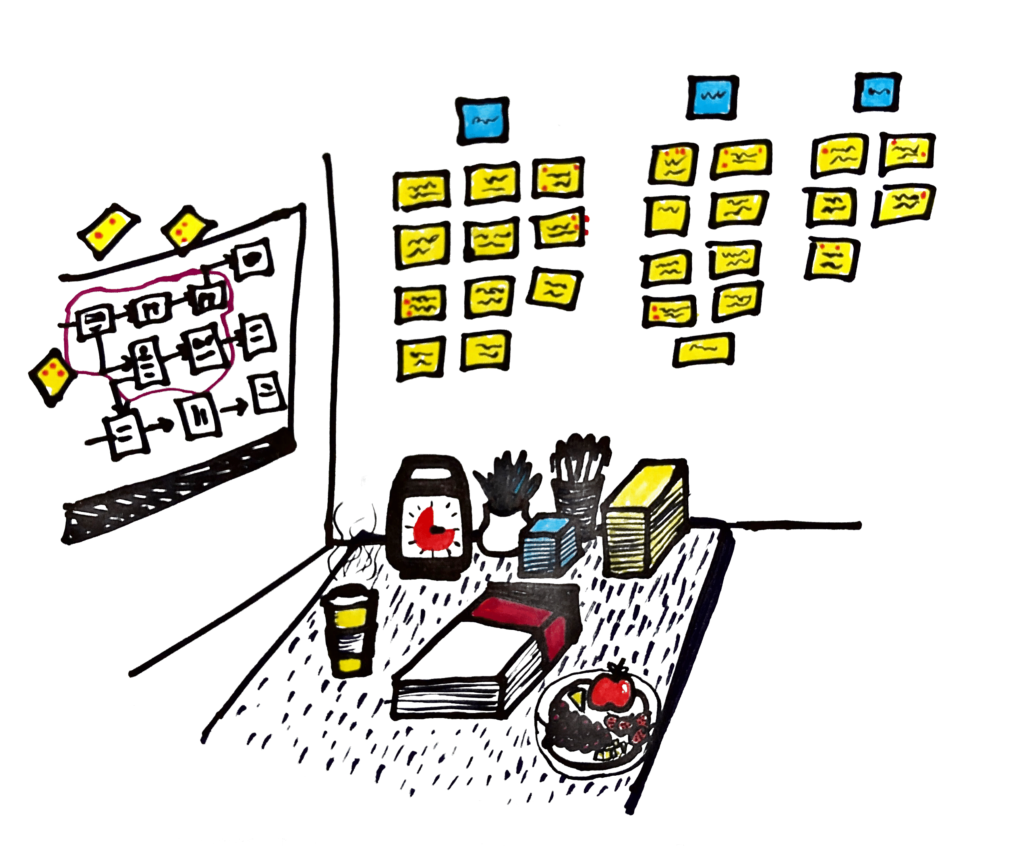

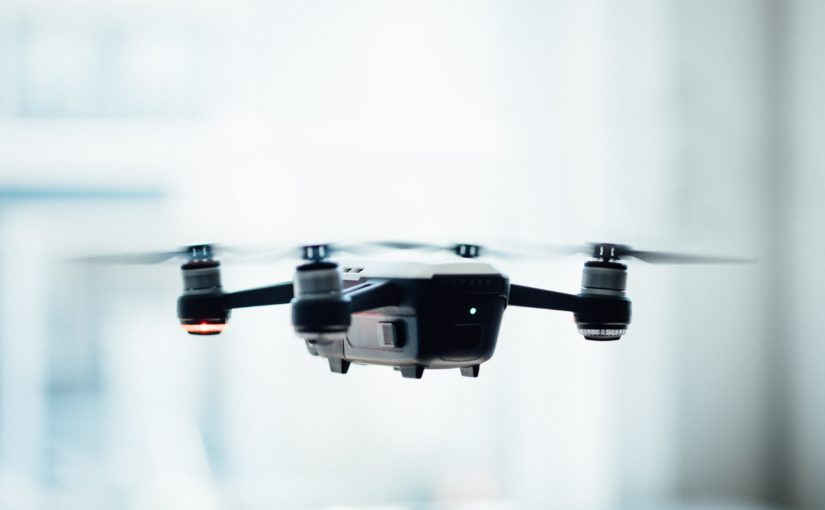


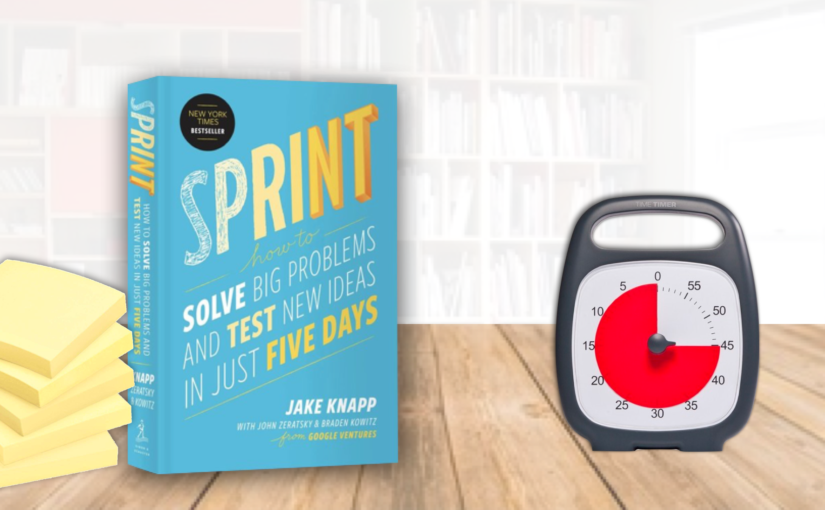
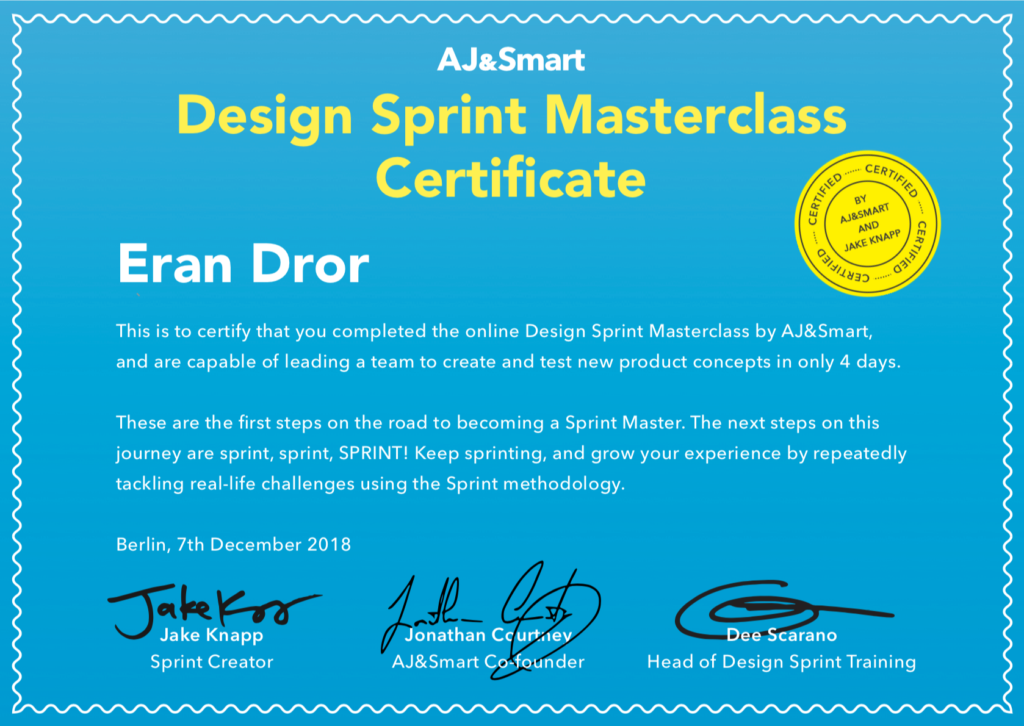
 I’ve also started listening to the very amusing but secretly very informative podcast,
I’ve also started listening to the very amusing but secretly very informative podcast, 
